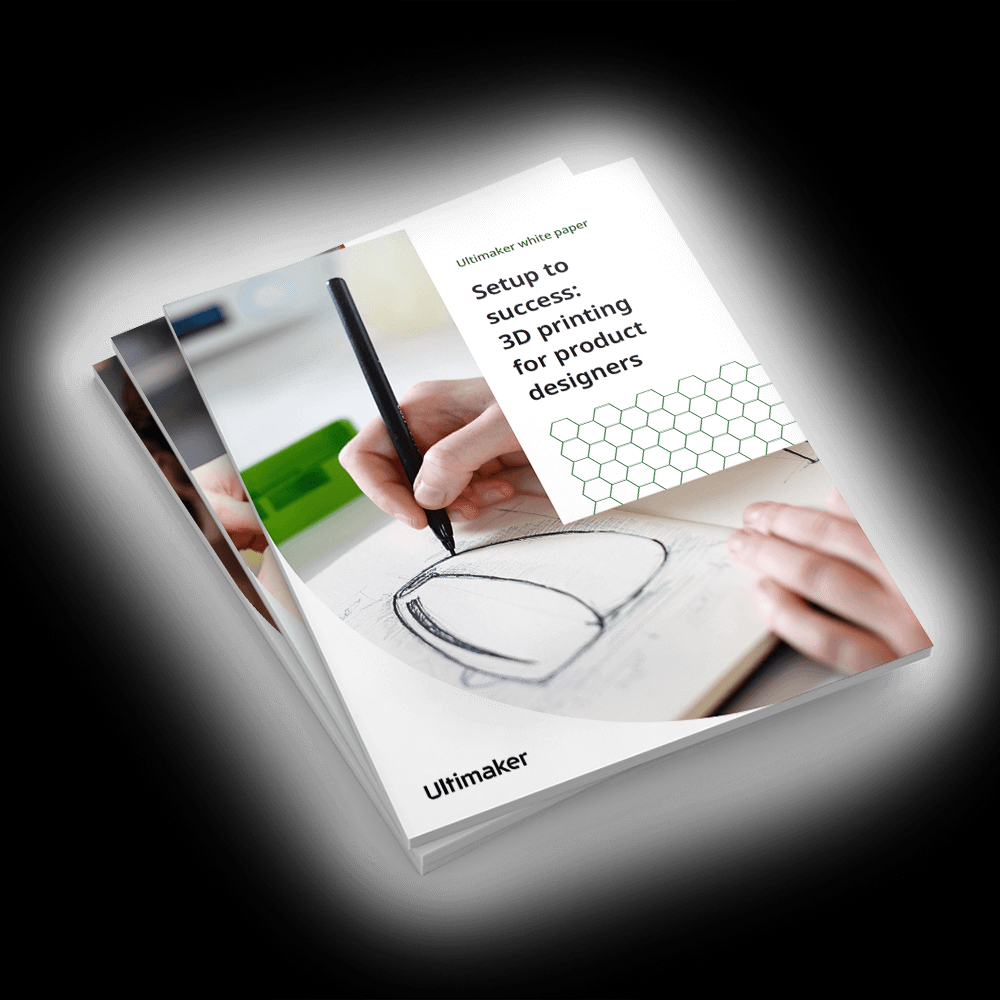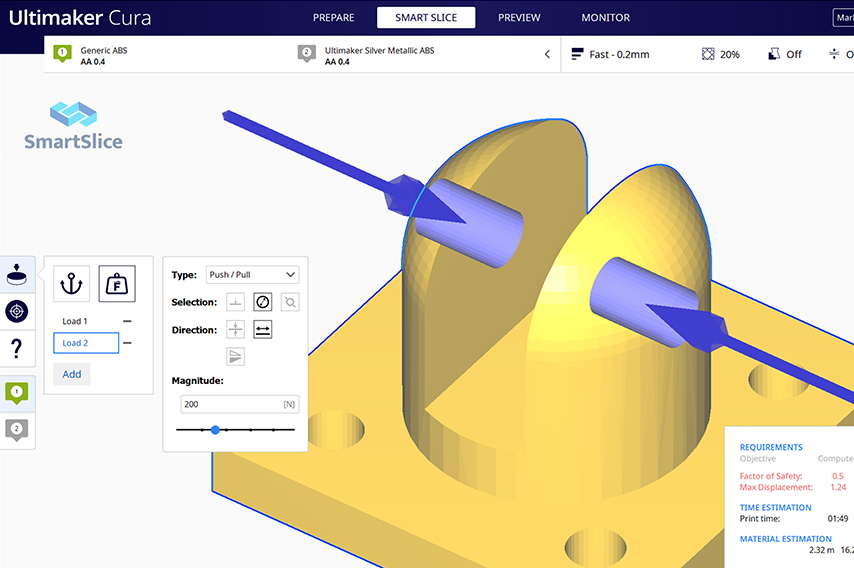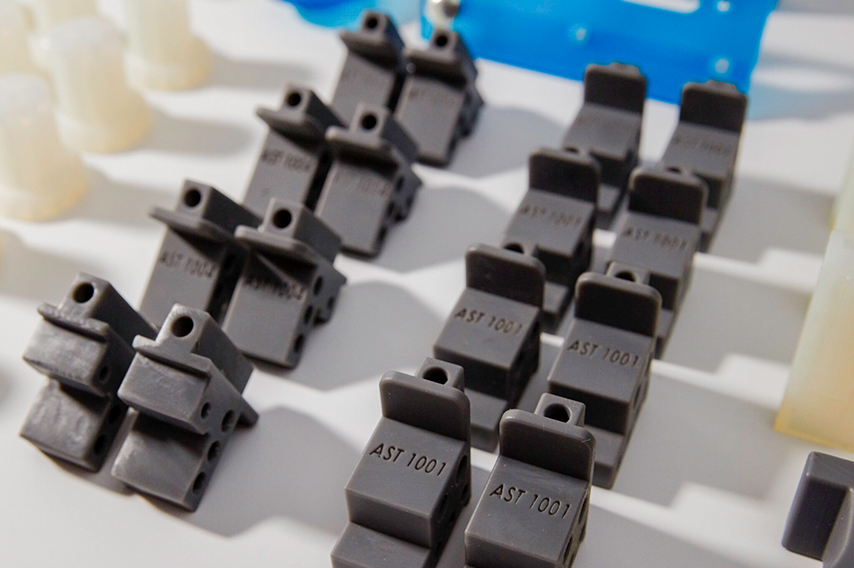
Category: Manufacturing




How PepsiCo is reducing their cost and print times using the Nexa3D NXE 400
By implementing the technology of the NXE 400, PepsiCo, on of the world’s most recognizable and successful food and beverage companies, was able to seamlessly improve their additive manufacturing process. In using their fleet of Nexa3D printers, they were better able to produce molds of their bottles at an increase capacity, and at a much quicker rate than they were once accustomed to.
Are you interested in seeing how they adopted the printers into their ecosystem or just how much their production increased? Download Nexa3D’s latest Case Study!
Nexa3D & PepsiCo Webinar with Dynamism & Henkel

Vault Your Manufacturing Process to the Future with SmartSlice
Utilizing SmartSlice, an automotive industry leader in advanced suspension technology, was able to better optimize performance, while also successfully testing their parts all from a virtual platform. Due to the demanding nature of their applications within the motorsports industry, parts frequently fail and require reiteration.
RE Suspension, that same industry leader out of Mooresville, North Carolina, was in dire need of a big change in their manufacturing process. By integrating SmartSlice into their workflow, they were able to virtually test parts and optimize part performance directly within their slicer, and prior to any printing.
This study successfully provides real-world examples of how SmartSlice can help to solve a multitude of challenges, all while adhering to different demands and requirements. Upon using SmartSlice, users will be able to find answers to questions about the functionality of parts like:
- What build material is suitable for the intended application?
- What is an appropriate infill density and how thick should the walls be?
- Which build orientation is strongest based on potential forces being applied to the part?
About Teton Simulation
Teton Simulation has consistently been a mainstay in the world of 3D printing. Their flagship slicer software SmartSlice enables users to easily and efficiently utilize physics-based technology leading to a decrease in time invested and any associated costs.

Yasuhide “Yasu” Yokoi is the cofounder of design and technology firm Final Aim Inc., which works with laboratories, startups, and multinational companies to transform ideas into tangible solutions. There, he and his team use Ultimaker 3D printers to better enable rapid design iterations during the prototyping phase.
One of the company’s latest projects is the OSTAW Camello, an autonomous package delivery robot.
Revolutionizing Package Delivery
The Camello was designed to address issues in the delivery logistics chain in Singapore, which causes high shipment costs and operational complexities. Due to low loads and long waiting periods in loading and unloading bays, package deliveries are often inefficient – a fact exacerbated by high delivery volumes and tight delivery deadlines.
To tackle this challenge, Final Aim collaborated with a Singaporean robotics start-up OTSAW Digital PTE LTD, with the Camello being the final product.
The Camello is user friendly, featuring an ergonomic cargo space and sleek design – optimal for Singapore’s urban environment. Plans are currently underway for it to be used by various industrial key players, delivery companies, and retailers throughout Singapore, creating an improved ecosystem that provides smooth and efficient delivery to customers, while increasing profit margins for those businesses that use it.
The Birth of the Camello
As with any product, several phases were involved in Camello’s design, with the Ultimaker S3, Ultimaker Cura, and CAD software acting as Yasu’s and Final Aim’s greatest companions throughout the process.
First came the robot’s concept development and evaluation. From the initiation to ideation, he used both hand-drawn design sketches and CAD software.
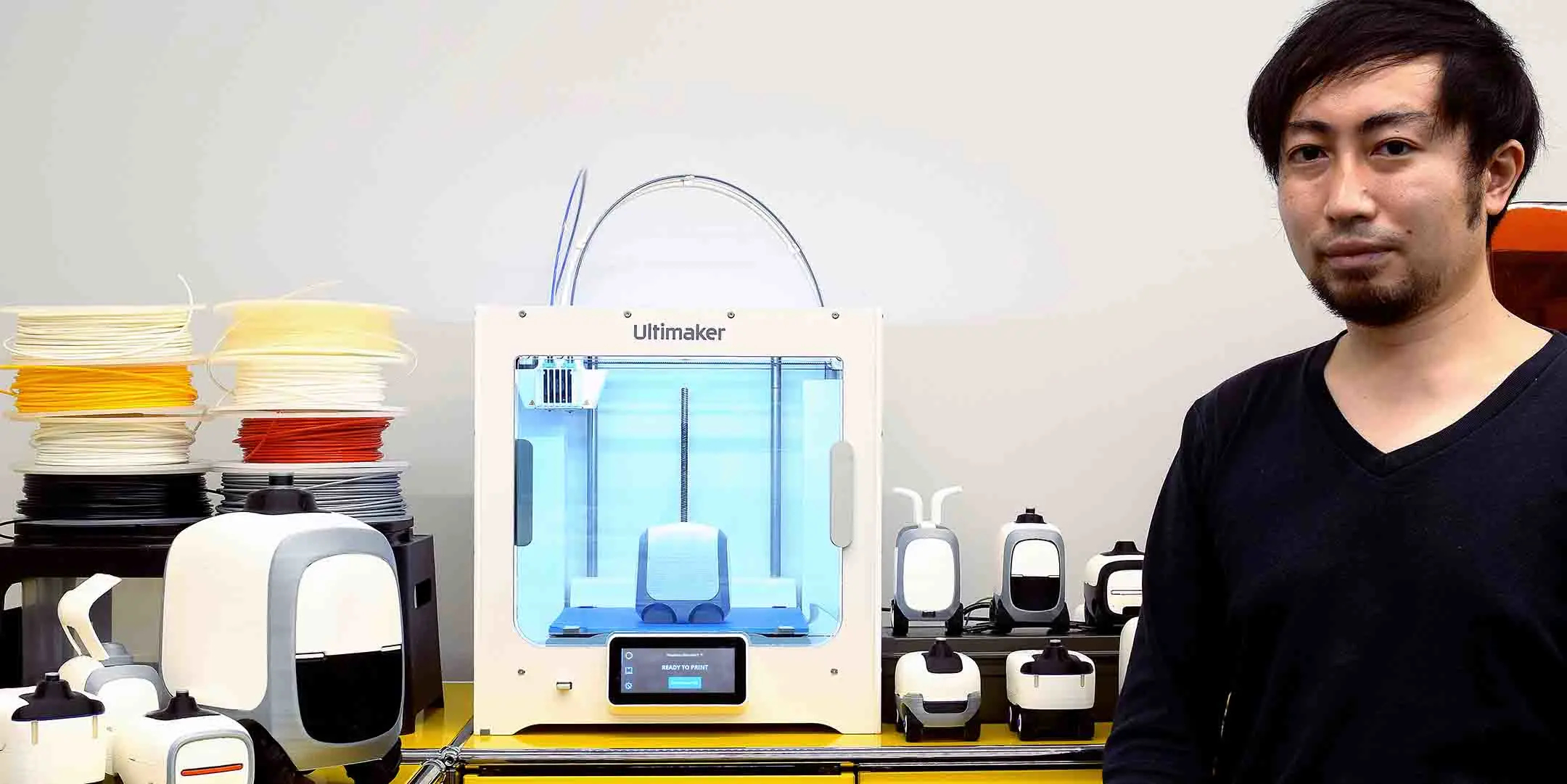
Once he developed the idea, Yasu began the process of presenting it to the higher-level management, frontline members, and end-users. This divergent approach allowed Yasu to gain as much feedback as possible, which he could then use to refine, improve, and further flesh out his concept.
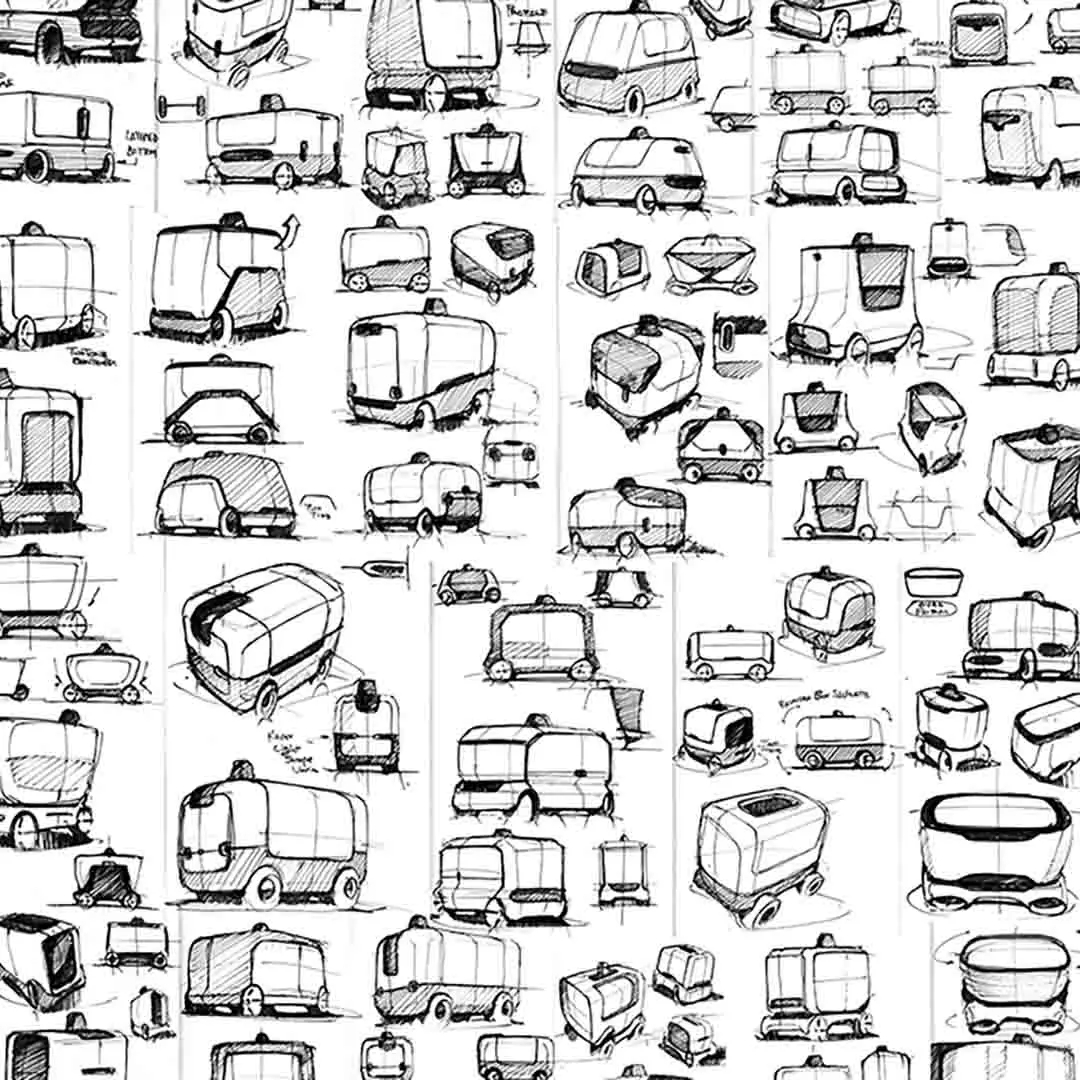
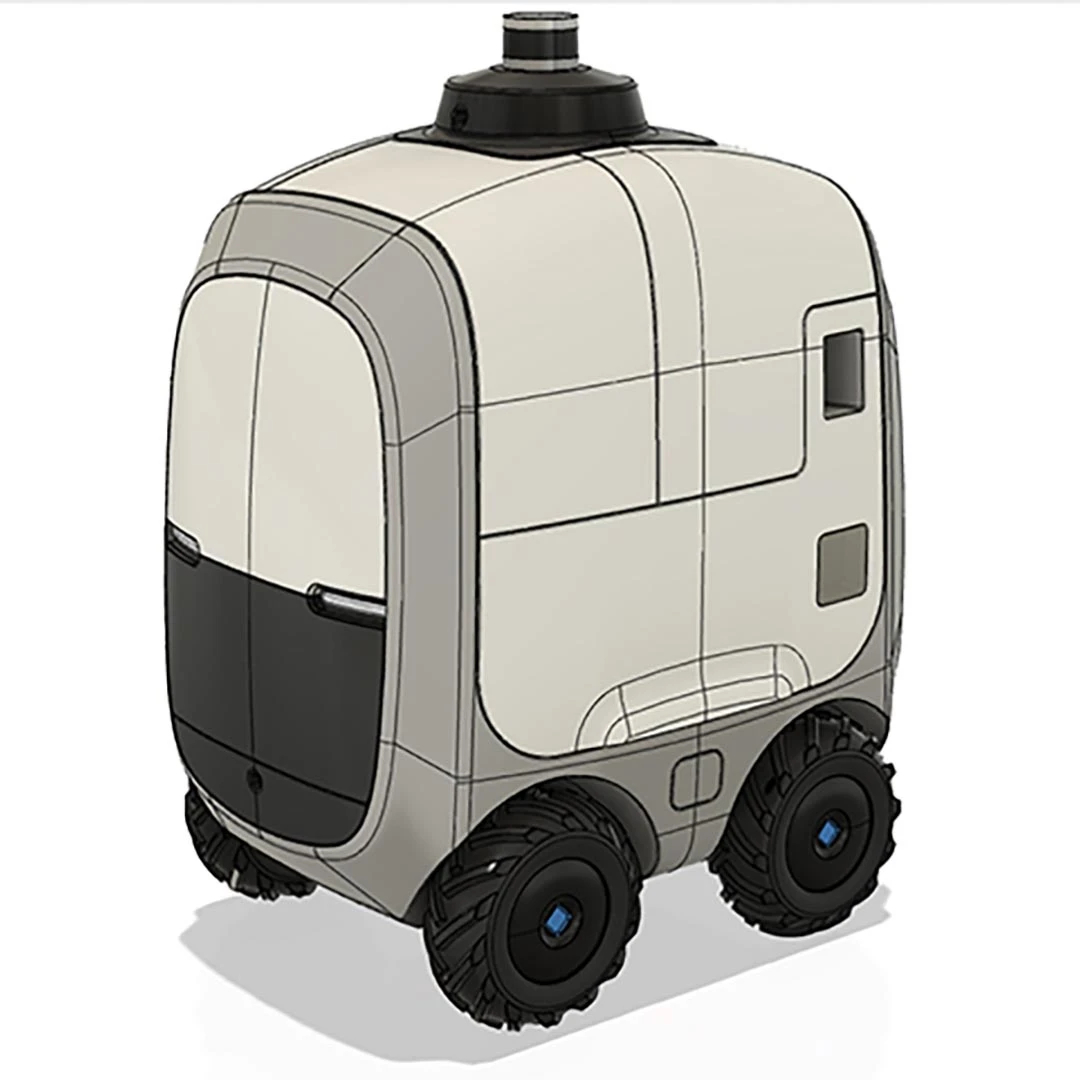
Next came the prototyping phase. As Yasu now had numerous potential ideas, he needed to rapidly actualize them – often on tight deadlines. Luckily, this was a task that 3D printing was able to easily handle. Compared to other common prototyping methods such as sculpting or carving from Styrofoam, chemical wood, or industrial clay, 3D printing is much more efficient – freeing up time for Yasu to work on other design tasks.
“More than just cost-cutting, 3D printing has added value to my process,” Yasu said.
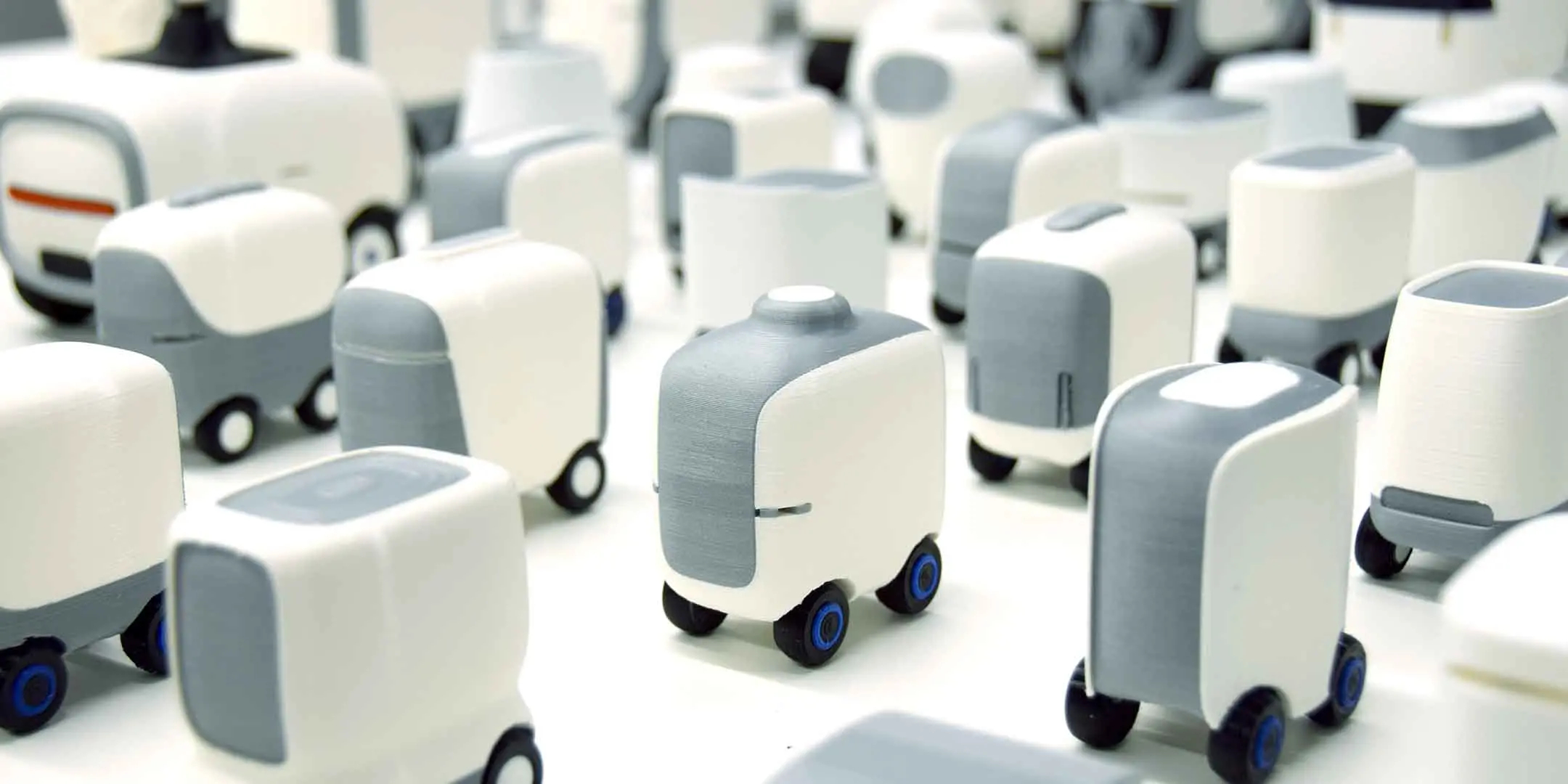
Finalizing an Intuitive Design
Yasu was also responsible for ensuring that the Camello’s final design was of excellent quality. As his works often incorporate organically curved surfaces and silhouettes, which are often difficult to implement, he needed to create numerous iterations. 3D printing technology utilizes the contour layers of printouts to analyze the curvature of surfaces – essentially an equivalent to the zebra mapping that CAD software performs.
“The Ultimaker S3’s double extrusion feature has [also] been essential to my everyday design applications,” Yasu said. “Together with Breakaway and PVA material, my printing experience has become exponentially more efficient. I am deeply satisfied with the resulting quality as it leaves behind no support structure remaining.”
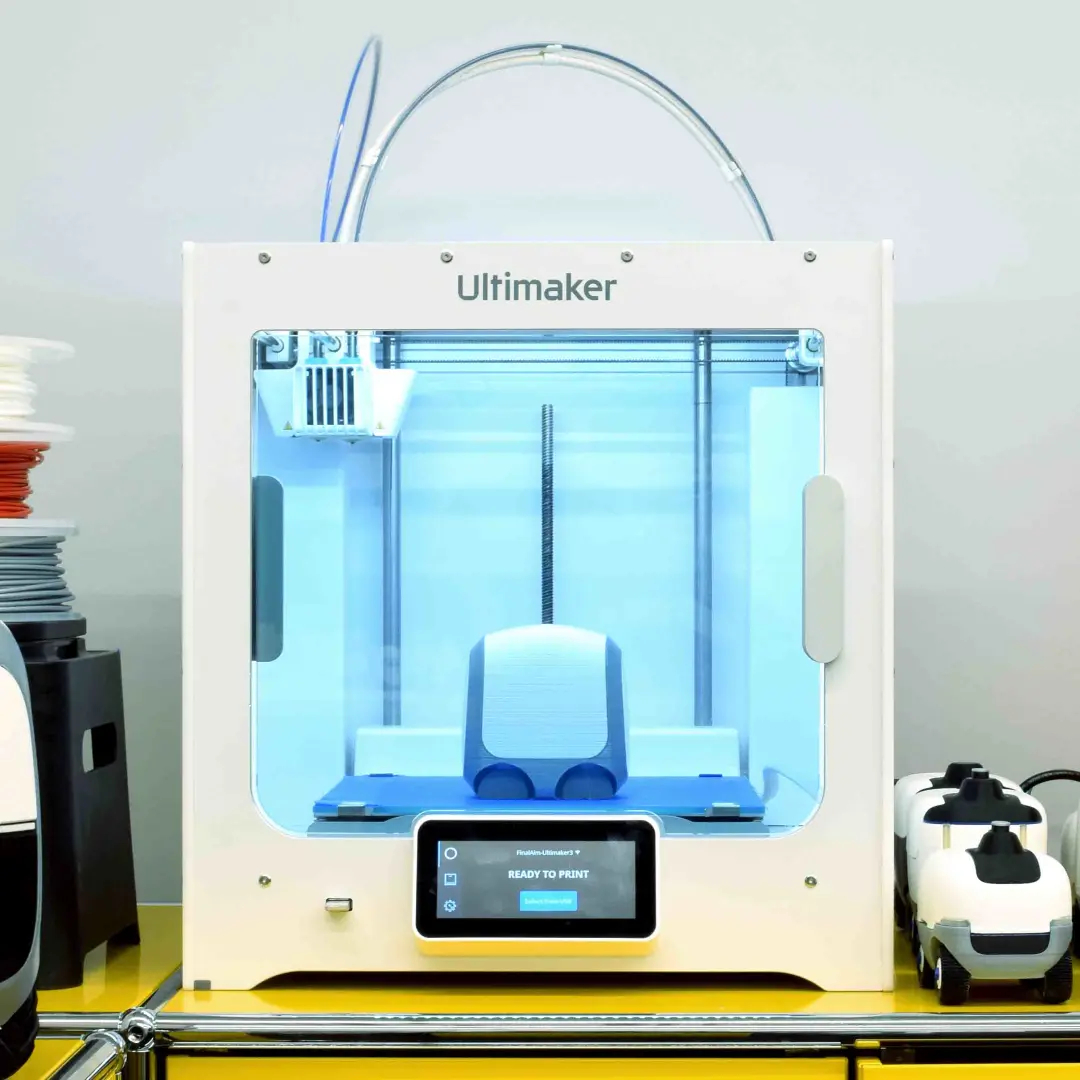
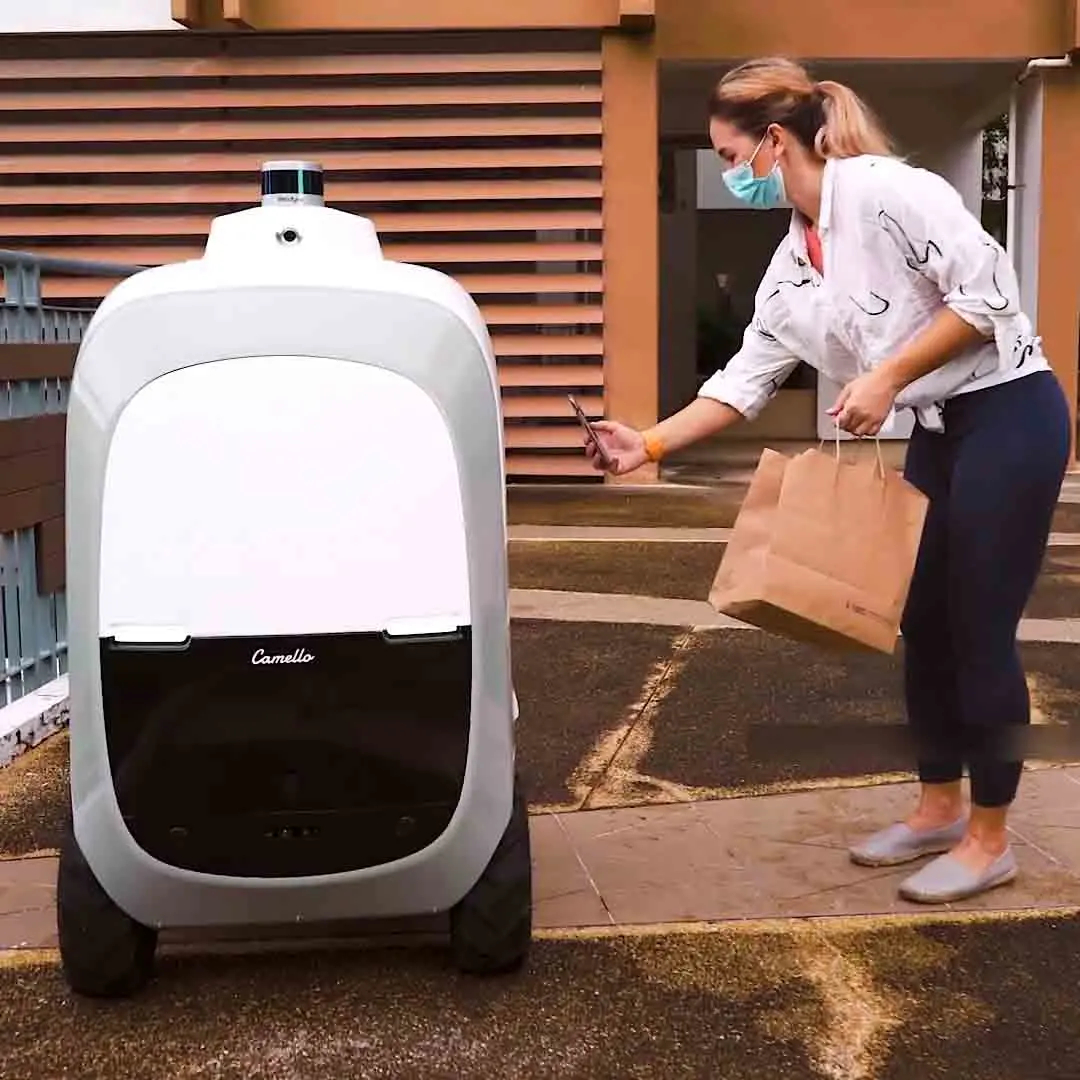
For the Camello to be a success, its design had to be intuitive and accessible at first glance. The design process, therefore, involved divergent ideation, exploring all possibilities, which were then carefully narrowed in focus. Development speed was also critical for stakeholders’ requests.
3D printing enabled these stakeholders to see and touch a physical product, deepening their understanding of the Camello’s concept and design – and streamlining the decision-making process.

Fuse 1 Product and Workflow Overview
Bring the industrial power of Selective Laser Sintering (SLS) into your workshop with an affordable, compact system for prototyping and production-ready nylon parts. The Fuse 1 and Fuse Sift deliver high-quality parts at as little as a tenth of the cost when compared to competing systems. In this on-demand webinar, we provide an overview of the Formlabs Fuse 1 system, along with detailing a number of applications. Watch now to learn more about:
- How the Fuse 1 system provides high productivity and throughput, with minimal downtime
- How Formlabs developed an approach for SLS 3D printing focused on simplifying powder management and delivering consistent parts
- Potential applications for medical prosthetic devices and low batch production
- More…
Fill out the form below to watch the webinar!
Formlabs SLS Fuse 1
The Fuse 1 brings the industrial power of Selective Laser Sintering (SLS) to your benchtop, providing prototyping and production at a tenth of the cost of existing SLS machines.
Design Validation
SmartSlice is a plug-in for Ultimaker Cura that empowers users to perform validation and optimization of print parameters based on end-use requirements.
Parts on Demand
Get fast, on-demand manufacturing and rapid prototyping. Dynamism’s online 3D printing service is fast, easy, and allows access to multiple printing technologies.
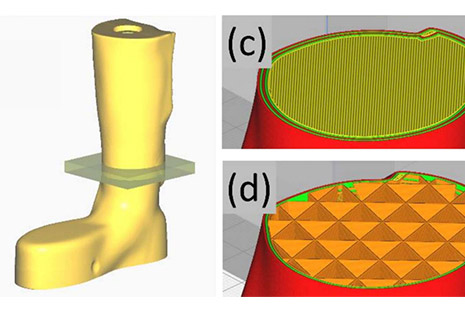
Validate Service Performance Using Intelligent Software
By integrating SmartSlice for Cura software into their current production process, adViva was able to save print time and materials, while improving the overall strength of their final mold. This unique piece of software uses Finite Element Analysis to validate slicing settings and selected material, while simulating forces that a part will encounter during usage. Download the case study now to learn their process of custom prosthetic generation, which details how they were able to:
- Increase throughput utilizing existing equipment
- Save 50 days of print time throughout a year-long cycle
- Reduce material usage by over 13 kilograms in a year
- More…

Implementing Solutions On Current Manufacturing Lines
The team at Nissan has gone above and beyond by using 3D printed tools, jigs, and fixtures to remold their workflow, resulting in remarkable time and cost savings. This case study highlights over twenty separate applications that Nissan has been able to implement throughout their assembly line. Download now to learn more about:
- Improving manufacturing efficiency
- Robotic automation supplementation
- Creating custom assembly fixtures
- Potential for time and cost savings
Machine Design

Custom Machining with Metal Printing
Custom machining methods for prototypes and assemblies can be costly and time-consuming. By utilizing 3D printing to print metal directly, companies have been able to reduce outsourcing costs and tooling backlogs, while opening new possibilities for additional revenue. Review these four use case examples to learn how:
- Assembly consolidation can can simplify production
- Additive manufacturing can unlock design elements not possible through other methods
- Products can be brought to market faster using rapid prototyping
- More…


